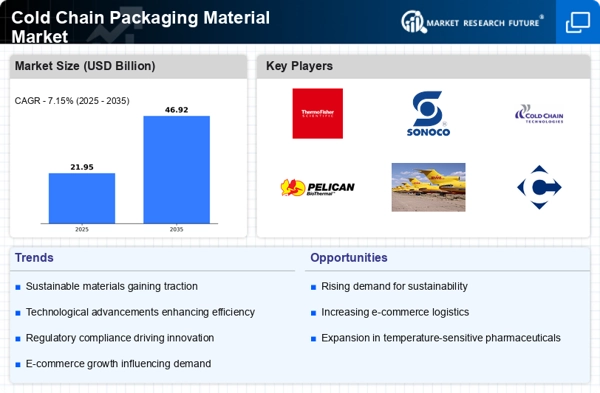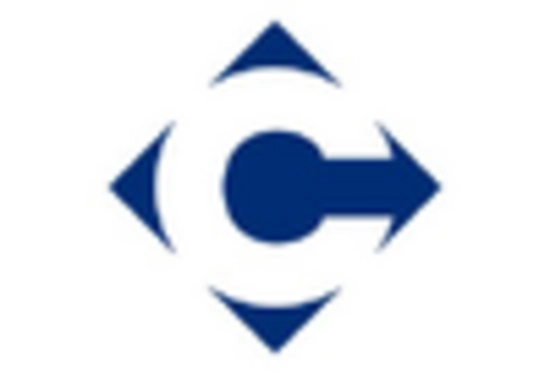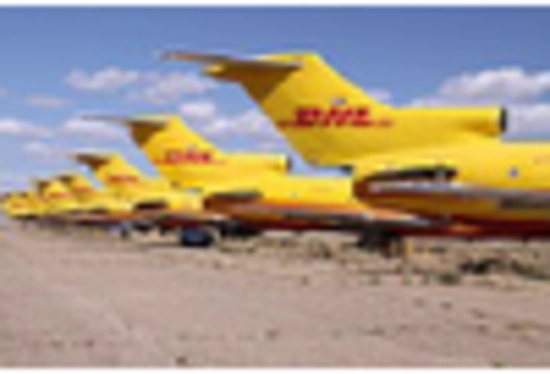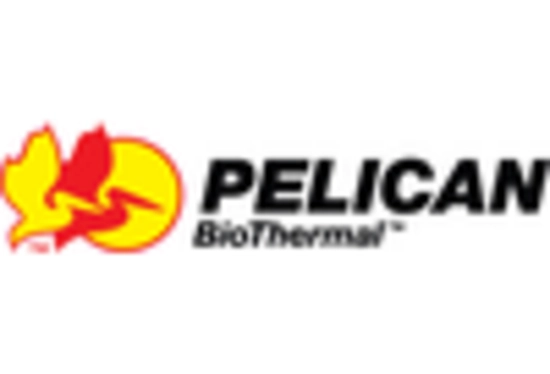Increasing Regulatory Standards
The Cold Chain Packaging Material Market is significantly impacted by the increasing regulatory standards governing the transportation of temperature-sensitive products. Governments and regulatory bodies are implementing stringent guidelines to ensure the safety and quality of perishable goods, particularly in the food and pharmaceutical sectors. Compliance with these regulations necessitates the use of high-quality cold chain packaging materials that can maintain required temperature ranges. For instance, the FDA has established guidelines for the transportation of pharmaceuticals, which directly influences packaging requirements. As companies strive to meet these regulations, the demand for specialized cold chain packaging solutions is expected to rise, thereby driving growth in the Cold Chain Packaging Material Market.
Rising Demand for Perishable Goods
The increasing consumption of perishable goods, such as fresh produce, dairy products, and pharmaceuticals, drives the Cold Chain Packaging Material Market. As consumers become more health-conscious, the demand for fresh and organic products rises. According to recent data, the perishable food market is projected to grow at a compound annual growth rate of approximately 5.5% over the next few years. This growth necessitates efficient cold chain solutions to maintain product quality and safety during transportation. Consequently, manufacturers are investing in advanced cold chain packaging materials that ensure temperature control and product integrity. The Cold Chain Packaging Material Market is thus positioned to benefit from this trend, as businesses seek reliable packaging solutions to meet consumer expectations and regulatory standards.
Technological Advancements in Packaging
Technological innovations play a pivotal role in shaping the Cold Chain Packaging Material Market. The advent of smart packaging technologies, such as temperature indicators and RFID tracking, enhances the monitoring of temperature-sensitive products throughout the supply chain. These advancements not only improve efficiency but also reduce waste, as they allow for real-time data collection and analysis. The integration of IoT devices in cold chain logistics is expected to increase, with the market for smart packaging projected to reach USD 30 billion by 2026. This trend indicates a growing reliance on technology to ensure the safety and quality of perishable goods, thereby propelling the Cold Chain Packaging Material Market forward.
Focus on Sustainability and Eco-friendly Solutions
The growing emphasis on sustainability and eco-friendly solutions is reshaping the Cold Chain Packaging Material Market. As consumers become more environmentally conscious, businesses are increasingly seeking sustainable packaging options that minimize environmental impact. This trend is reflected in the rising demand for biodegradable and recyclable materials in cold chain packaging. Recent studies indicate that the market for sustainable packaging is projected to grow at a CAGR of 7% over the next five years. Companies are investing in innovative materials that not only meet performance standards but also align with sustainability goals. Consequently, the Cold Chain Packaging Material Market is likely to witness a shift towards greener alternatives, driven by consumer preferences and regulatory pressures.
Expansion of E-commerce and Online Grocery Delivery
The rapid expansion of e-commerce and online grocery delivery services significantly influences the Cold Chain Packaging Material Market. As consumers increasingly prefer the convenience of online shopping, the demand for efficient cold chain solutions rises. E-commerce platforms require reliable packaging materials to ensure that perishable items reach customers in optimal condition. Recent statistics suggest that the online grocery market is expected to grow by over 20% annually, necessitating robust cold chain logistics. This surge in demand compels businesses to invest in advanced cold chain packaging materials that can withstand the rigors of transportation while maintaining product quality. Thus, the Cold Chain Packaging Material Market is likely to experience substantial growth driven by this trend.


















Leave a Comment